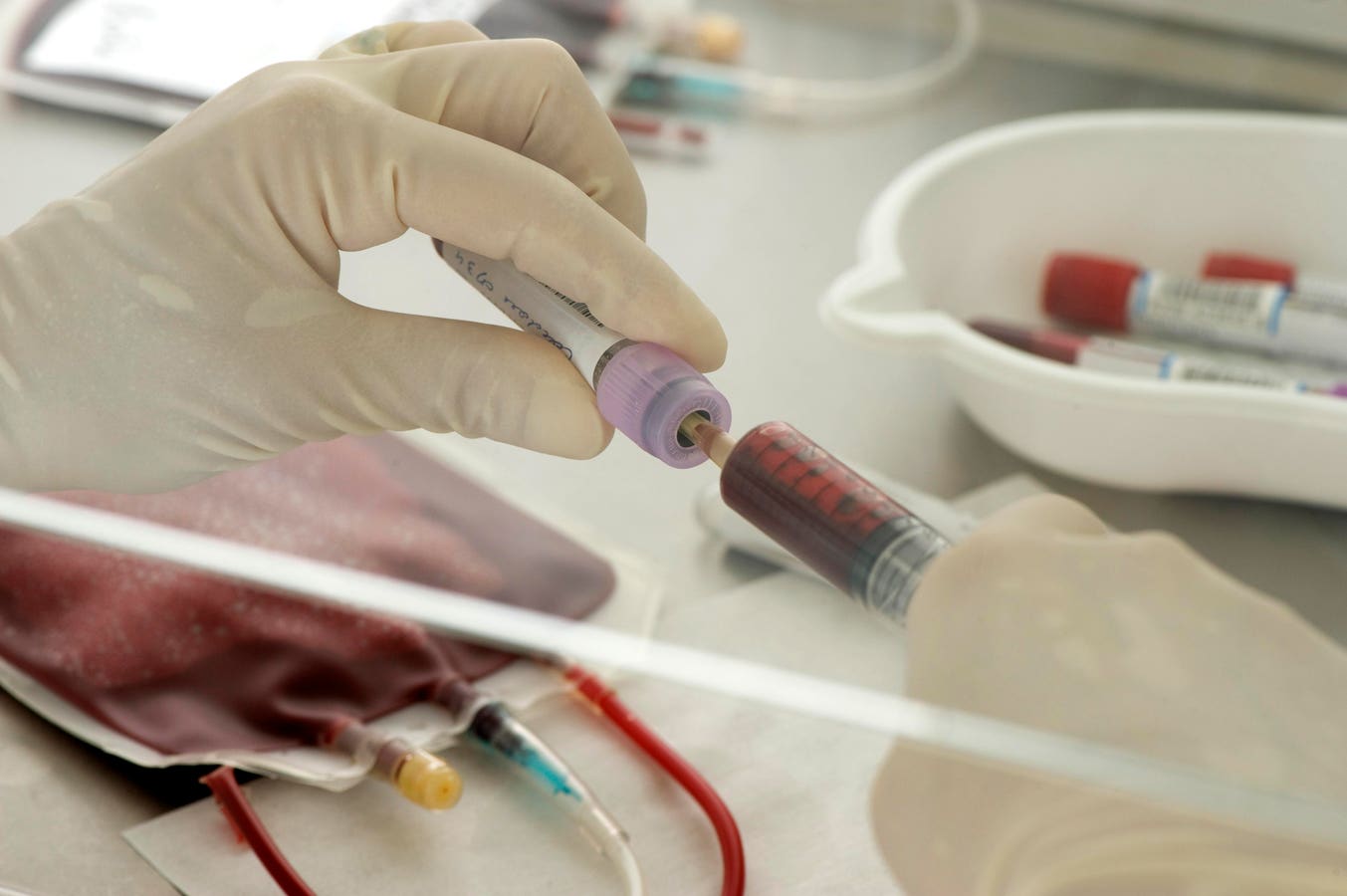Alzheimer’s is not thought of as a transmissible illness — someone with the disease cannot suddenly “infect” someone else, just as someone with a broken arm cannot pass on their injury to others. This is taken to be common knowledge. A new study may force us to add an asterisk to that assumption: when healthy mice receive bone marrow from mice sick with hereditary Alzheimer’s disease, they themselves go on to develop Alzheimer’s. This suggests that under particular circumstances —blood, organ, bone marrow, and stem cell transplantations— Alzheimer’s disease might be able to transfer to healthy recipients.
The findings are still early, but the implications are significant. For one, we may need to start screening donors for genetically induced Alzheimer’s disease to prevent the accidental transfer of the neurodegenerative illness. The results also hint at the fact that Alzheimer’s may be more of a systemic disease than initially understood; amyloid beta peptides, which lead to the buildup of the hallmark amyloid plaques seen in the brains of Alzheimer’s patients, were able to move from the body into the brain.
“Familial” vs. “Sporadic” Alzheimer’s
Although Alzheimer’s disease comes in many forms, cases can be grouped into two main buckets: sporadic and familial. With sporadic Alzheimer’s disease, there is no single genetic cause for the onset of the disease. People suffering from sporadic Alzheimer’s disease may still carry genes that increase their risk of developing the disease, but on their own, these genes aren’t enough to cause the disease. A hodgepodge of other lifestyle and environmental factors also come into play.
Not so for instances of familial Alzheimer’s disease. These, in contrast, are caused by single genetic mutations. So far, we know of three such genetic variants: Amyloid precursor protein (APP), Presenilin 1 (PSEN1), and Presenilin 2 (PSEN2). A child of a parent with one of these mutations has a 50% chance of inheriting the gene variant. If they do, they will develop Alzheimer’s at an early age. Fortunately, familial Alzheimer’s cases account for less than 5% of all cases, making them quite rare. In this study, the researchers focused on familial Alzheimer’s disease during their experiments.
Is Familial Alzheimer’s Disease Transferable?
To test for transmissibility, the team of scientists extracted bone marrow, which is a rich source of blood cells and stem cell precursors, from mice that had been bred to carry a human version of the amyloid precursor protein gene variant. The direct implication is that the human variant causes an Alzheimer’s-like disease in the recipient mouse.
As carriers of this harmful mutation, the mice all suffered from Alzheimer’s disease. The mutation leads to misfolded amyloid proteins, which build up over time to form the infamous clusters of “sticky” waste known as amyloid plaques.
After having extracted the bone marrow from the sick mice, the scientists transplanted it into two different healthy mouse groups: one group engineered to completely lack the amyloid precursor protein gene and another group that carried a normal mouse version of the gene.
Both healthy mouse groups began to show signs of Alzheimer’s disease soon after receiving the bone marrow transplant from the sick mice. In the knockout mice —those lacking the gene— symptoms of cognitive decline began appearing as early as six months after the transplant. The mice with the normal version of the gene, on the other hand, began suffering impairment after nine months. Both cases suggest an accelerated and aggressive onset of the disease; in most mouse models of Alzheimer’s, the mice don’t begin showing symptoms of cognitive dysfunction until around the 12-month mark.
Symptoms of cognitive decline were seen not only at the behavioral level but also at the molecular level. The recipient mice lost their short- and long-term memory as well as their usual fear response, a common feature of cognitive dysfunction in mice. At the molecular level, the researchers noted a clear uptick in the formation of amyloid plaques in the brain and a leaky blood-brain barrier.
Since the mice that lacked the amyloid precursor protein gene entirely still developed Alzheimer’s symptoms, the group of researchers concluded that the donor cells with the mutations must have caused the disease. And considering that even the normal mice began to show signs of cognitive decline, the disease can likely transfer to previously healthy individuals.
The work also confirms that amyloid produced outside of the brain can find its way into the brain.
Caveats
Even if the results prove reproducible, there are reasons to be cautious. Giving credit to the authors, they themselves are very transparent about the limitations of their study. First, these experiments were performed in mice. Although complex in their own right, they are significantly different from humans; many a drug trial has shown promise in mice only to fail in humans. Just because the results hold across mice models doesn’t mean they will hold in human studies.
The findings are further complicated by the fact that it is not unheard of for transplant patients to suffer from neurological complications. Recipients of transplantations, whether bone marrow or otherwise, have a higher incidence of neurological diseases compared to the rest of the population. So, it’s clear that transplantation by itself can lead to serious central nervous system issues. It may be that the cognitive decline described in the mice in this study may have more to do with the transplantation of bone marrow than it does with the transfer of Alzheimer’s disease.
One of the major questions left unanswered by this study is whether it is the amyloids in the blood of the sick animals or the bone marrow cells themselves cause the accelerated onset of Alzheimer’s disease in the recipient mice. This confusion, in part, derives from the use of sick donor mice that were already symptomatic; it would be helpful to know what happens to recipient mice given a bone marrow transplant from young, pre-symptomatic donor mice carrying the harmful gene variant.
It may also be wise to scour the epidemiological literature to see if any similar examples —transplantation followed by the rapid onset of Alzheimer’s— have been documented in humans. That would help provide circumstantial evidence to support the idea that the results of this new study are relevant beyond mice.
Takeaways
This study provides two key takeaways. First, we may need to start screening organ, bone marrow, and stem cell donors for familial Alzheimer’s gene mutations, lest they accidentally transfer a harmful genetic variant to the recipients. Second, the findings suggest that Alzheimer’s may not exclusively be a disorder of the brain: amyloids from other regions of the body can make their way through the blood-brain barrier. This echoes what we are beginning to discover about other neurological illnesses, especially Parkinson’s disease, which are increasingly thought to originate from sites outside of the brain. There is some evidence, for example, that alpha-synuclein —a harmful protein central to Parkinson’s disease and usually found in the brain— can move from the intestines to the midbrain via the vagus nerve. Once there, it begins to destroy dopamine neurons. Could a similar trajectory be true of Alzheimer’s disease?
Finally, it is important to recognize that the study’s results do not imply that Alzheimer’s is infectious — the disease cannot be passed from one person to another like the common cold. It is only under very particular circumstances, including stem cell and bone marrow transplants, that there may be a risk of the disease being transferred from one individual to another.
Read the full article here





